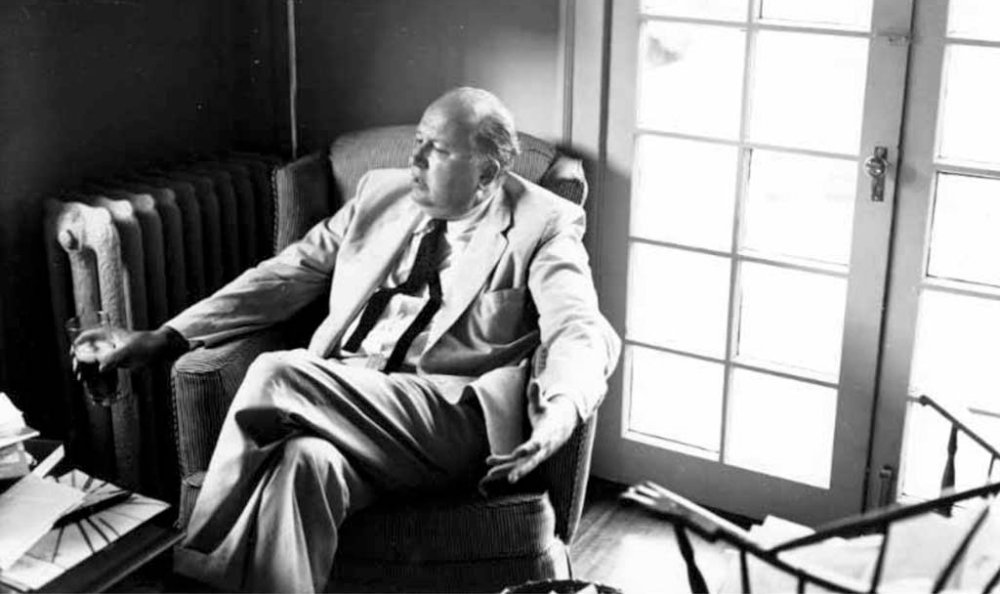Many local prose writers flourish in the Northwest, as do historians and newspaper scribes. But the Pacific Northwest also has a solid tradition of poets and their publications, starting with the pioneers.
Herbert Bashford published “Songs from Puget Sea” in the early 1900s. By 1900 Ella Higginson’s verse attracted national attention, including her “Four-Leaf Clover” set to music. In 1931 she was chosen State Poet Laureate by the State Federation of Women’s Clubs.
Even Vernon L. Parrington, later winner of the Pulitzer for Main Currents in American Thought, tried his hand at poetry. Likewise, Stoddard King, a writer at the Spokesman Review, dabbled in light verse, including something that began: “In Western towns ’tis many years since it was last the rage/For men to earn their daily bread by holding up the stage.”
The quality of Pacific Northwest poetry picked up dramatically with the 1974 arrival in Seattle of Theodore Roethke. Roethke inspired U.W. students, beguiled and sometimes annoyed colleagues, and occasionally shocked hostesses, after he had a few sips. He earned a Pulitzer Prize in 1954.
Roethke emersed himself in our region’s natural surroundings, whose influences were reflected in his work — fish, snails, ponds, streams, frogs, ferns, and wet stones appeared frequently in his lines. His famous poem, “The Waking,” contains the lines: “I wake to sleep, and take my waking slow. I feel my fate in what I cannot fear. I learn by going where I have to go.” Poets Nelson Bentley and David Wagoner would follow Roethke’s paths.
Richard F. Hugo, a native of Seattle, taught at Montana State University, drawing on childhood memories of White Center and the Duwamish River. His name is honored at Richard Hugo House on Capitol Hill, which abounds in writing and poetry classes. In “A Map of the Peninsula,” Hugo wrote: “This map is right, they pioneer from hills; but at this bend and this, the boom of cornered water kills the cry; of sea-run cutthroats and the hammering; lost cedars pouring to the sea.”
Yakima-raised Raymond Carver rose nationally in poetry and short stories, famous for his minimalism. His last years were spent in Port Angeles with his wife, Tess Gallagher, also a poet of note. In his book Where Water Comes Together with Other Water (1985), he invokes images of Yakima, the Strait of Juan de Fuca, Hood Canal, the Olympics Range, and the gentle hills of Sequim.
Poetry readings and publications abound today in the Pacific Northwest, as well as poetry magazines (Poetry Northwest) and poetry-publishing houses (Seattle’s Wave Press, Port Townsend’s Copper Canyon).
Discover more from Post Alley
Subscribe to get the latest posts sent to your email.

Richard Hugo taught at University of Montana, not MSU. Facts matter and can be researched.
I hope Junius will follow up on this topic now and then. I have recently become acquainted with the work of William Stafford and Kim Stafford, and also that of Robert Michael Pyle, whose non-fiction writing I’ve known for some time.
Clyde in Calgary
Roethke joined the faculty at the UW in 1947 (not ‘74) until he died in 1963.
I’ve known Roethke’s name for decades but I haven’t read him yet. Any suggestions of a good starting place?
Richard Hugo taught at The University of Montana, not Montana State University. As an early director of the MFA program in Missoula, he brought it to national prominence.
I recall the great Seattle actor John Aylward who died a few years ago at the age of 75. John did a terrific one-man performance of Roethke, bringing the teacher and poet alive on the stage.